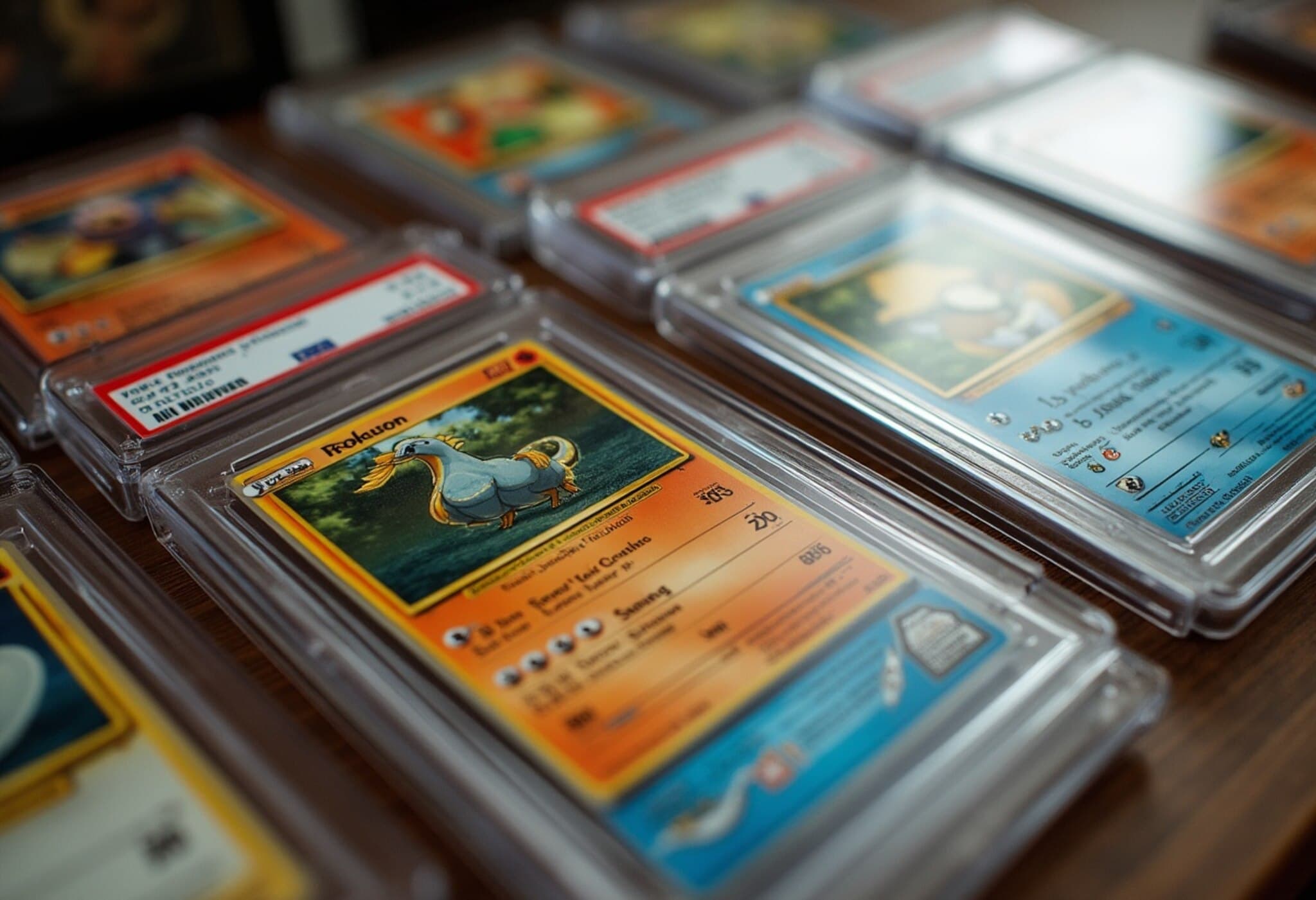Massachusetts Trading Card Shop Hit by $113,000 Pokémon Card Theft
In a daring pre-dawn break-in, a Massachusetts collectibles store suffered a significant loss when a thief made away with an estimated $113,000 worth of rare Pokémon cards. The incident at 1st Edition Collectibles in New Bedford has shaken the passionate community of trading card collectors and enthusiasts.
Precisely Targeted Theft Reflects Expertise
According to surveillance footage, the masked intruder exhibited a remarkable understanding of the inventory, selectively targeting high-value cards. The thief smashed through a courtyard window to gain entry early Tuesday morning, bypassing other merchandise to focus solely on a carefully curated collection.
Felipe Andre, one of the store’s three owners, told NBC Boston, “He knew exactly the items he was taking.” Andre emphasized that prices were not displayed in-store, making the thief's targeted selection all the more suspicious and indicative of prior knowledge.
The Stolen Treasures: Priceless Pokémon Cards of the Early 2000s
The stolen items include gems such as a BGS 8.5 Skyridge Crystal Charizard and a BGS 7.5 1st Edition Shadowless Blastoise, both renowned in the collectors’ market for their rarity and historic value. The cards come from sets dating back to 2000–2006, with the legendary first edition base set Charizard described by Andre as the “crown jewel” of the store’s collection.
This loss transcends monetary damage; for the small team at 1st Edition Collectibles, the shop represents a lifelong passion and deep-rooted love for Pokémon—a nostalgia-infused venture built from childhood enthusiasm.
Community Mobilizes Using Social Media
In an effort to recover the cards, the store has posted detailed photographs and serial numbers of each stolen item on their Instagram and Facebook pages. Each card had been individually graded and certified by professional services, increasing the chance of identification upon resale attempts.
Andre expressed cautious optimism, explaining to NBC 10, “If anyone sees that certificate number, they’ll know exactly where it came from, and who it belongs to.” This strategy not only aims to track down the stolen goods but also serves as a warning to potential buyers in secondary markets.
Reflecting and Rebuilding
After the incident, 1st Edition Collectibles temporarily closed, with the owners promising to use this time to “reflect, regroup, revamp and come back even better.” Their response highlights resilience and commitment amidst adversity—a narrative familiar to many small business owners impacted by crime.
Expert Insight: The Growing Threats Facing Collectibles Markets
In recent years, the surge in collectibles’ values, particularly in niche markets like Pokémon cards, has drawn heightened attention from criminals. Experts warn that the combination of high value, portable items, and limited regulation makes such collectibles attractive targets for theft and fraud.
From a legal perspective, recovery hinges on effective collaboration between law enforcement, online marketplaces, and the collector community. Identifying stolen items through serial numbers and certified grading is a critical tool, but tracking secondary sales, especially on less regulated platforms, remains challenging.
Moreover, this incident underscores the importance of enhanced security measures at specialty shops and increased awareness among buyers to verify provenance.
Why This Matters: The Cultural and Economic Stakes
- Economic Impact: The rise in collectibles’ market values reflects broader trends in alternative investments, influencing how enthusiasts and investors perceive nostalgia assets.
- Cultural Significance: Pokémon cards are more than commodities—they are touchstones of childhood and pop culture history, elevating the emotional impact of losses like this theft.
- Community Solidarity: The public sharing of stolen cards invites collective vigilance, reinforcing the power of social media in protecting shared cultural heritage.
Editor’s Note
This theft at 1st Edition Collectibles not only highlights the vulnerabilities of specialized retail spaces but also invites broader reflection on how we value and safeguard cultural artifacts in the digital age. As markets for nostalgic collectibles balloon, balancing accessibility, security, and authenticity becomes paramount. Will increased awareness and technology enable communities to better protect such treasures? The story continues as law enforcement and collectors keep watch.













